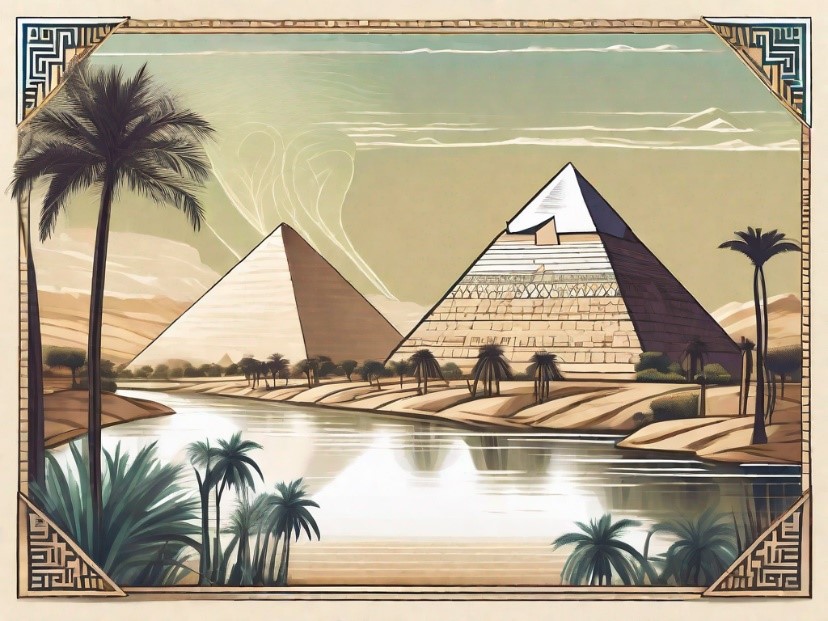Description

Disclaimer: Copyright infringement not intended.
Context
- Many have pondered how the ancient Egyptians managed to erect their massive pyramids in the desert.
- A recent study offers insights into this mystery, pointing to the crucial role played by the mighty Nile River.
The Mighty Nile: Lifeline of Ancient Egypt
- Importance: The Nile served as a vital lifeline for ancient Egyptians, providing water and fertile soil for agriculture.
- Path: Originating from the Great Lakes region of Africa, the Nile flowed through Sudan and South Sudan, merging with the Blue Nile from Ethiopia before reaching Egypt and eventually emptying into the Mediterranean Sea.
- Annual Floods: The annual floods of the Nile brought water and silt downstream, sustaining agriculture and settlement in the desert.
Insights into Pyramid Building
- Location: The iconic Egyptian pyramids stand between Giza and Lisht, constructed over a span of approximately 1,000 years starting around 4,700 years ago.
- Nile Proximity: During the construction period, the Nile flowed much closer to the pyramid sites than it does today, providing easy access to water and transportation.

Rediscovering the Nile's Hidden Branch
- Scientific Inquiry: Scientists led by Professor Eman Ghoneim from the University of North Carolina Wilmington conducted research to uncover clues about the Nile's ancient path.
- Discovery: Evidence of a previously unknown branch of the Nile, named "Ahramat," was found near the pyramid sites, suggesting its significance during pyramid construction.
- Probable Role: This branch likely facilitated transportation and provided water, enhancing the construction process.
Changes in the Environment and Nile's Path
- Environmental Shifts: Natural factors such as earthquakes, land shifts, and desert sand incursion likely contributed to the disappearance of the Ahramat branch.
- Impact: Reduced water flow may have posed challenges for settlement and construction activities near the river, reflecting broader environmental changes.
Wrapping Up
- Nile's Legacy: The Nile's influence on ancient Egyptian civilization extended beyond sustenance, shaping the cultural and architectural landscape.
- Environmental Dynamics: The discovery highlights the dynamic relationship between human civilization and environmental changes, offering insights into the challenges faced by ancient societies like Egypt.
|
PRACTICE QUESTION
Q. Which of the following rivers recently unveiled a previously undiscovered tributary, christened "Ahramat"?
A) Amazon
B) Nile
C) Ganges
D) Yangtze
|
SOURCE: DOWN TO EARTH
















